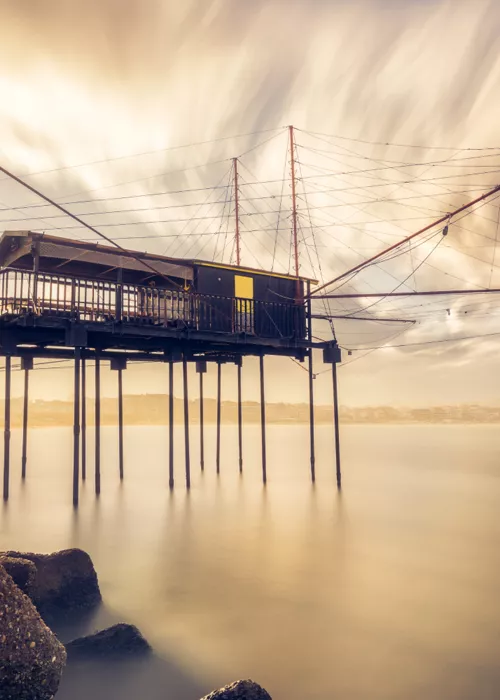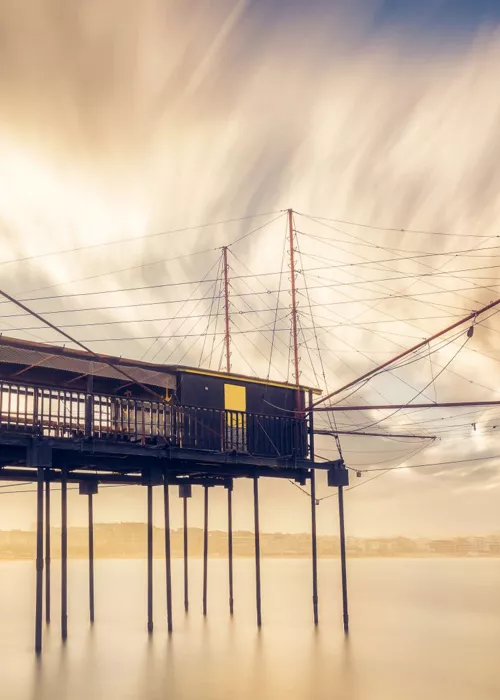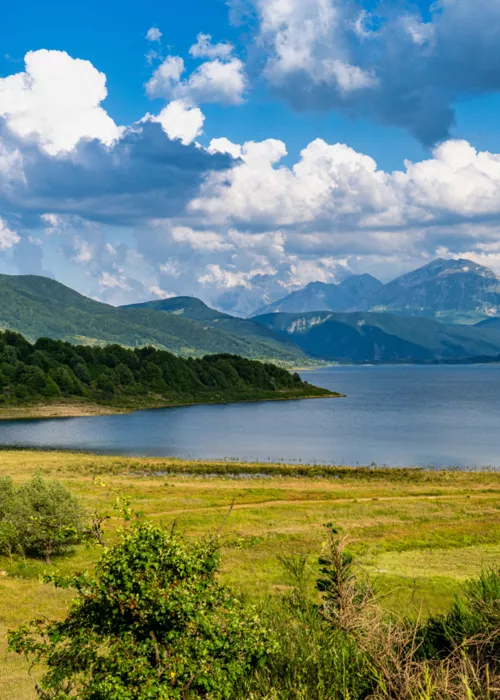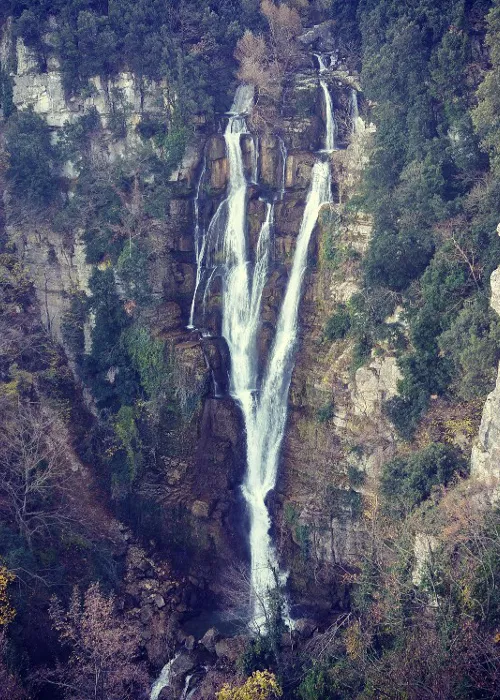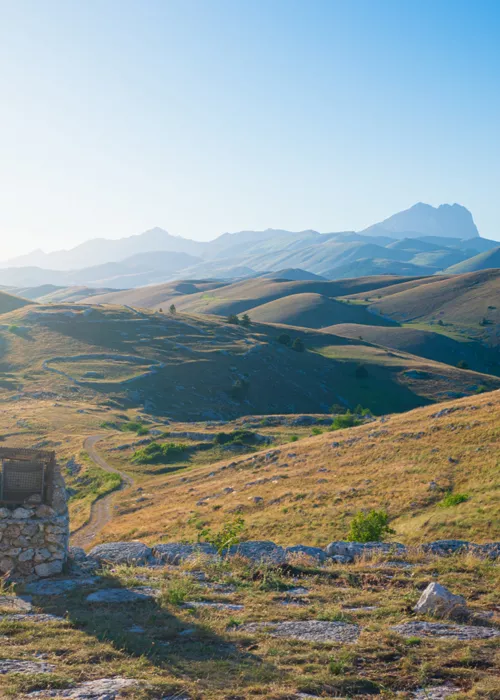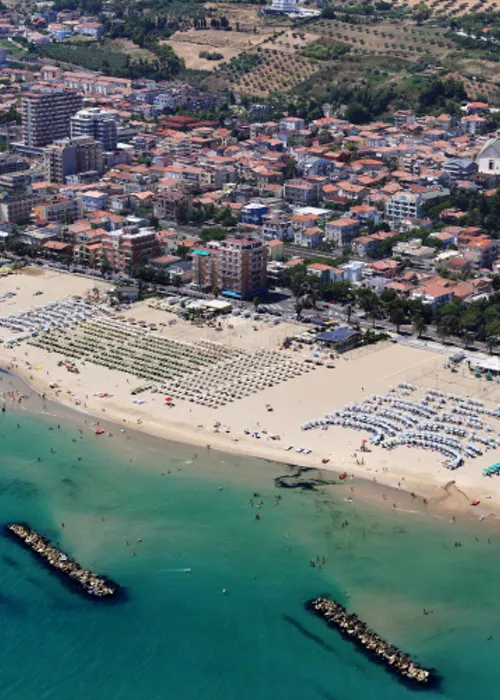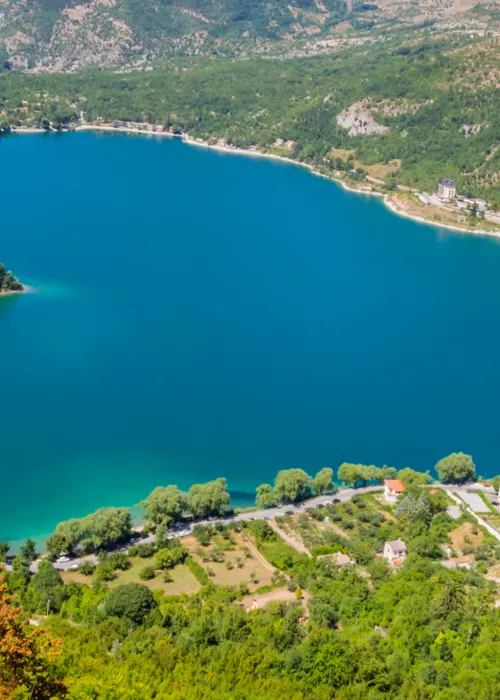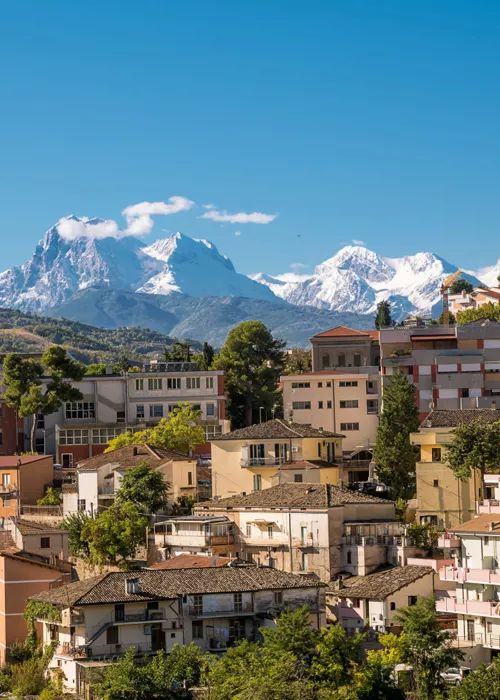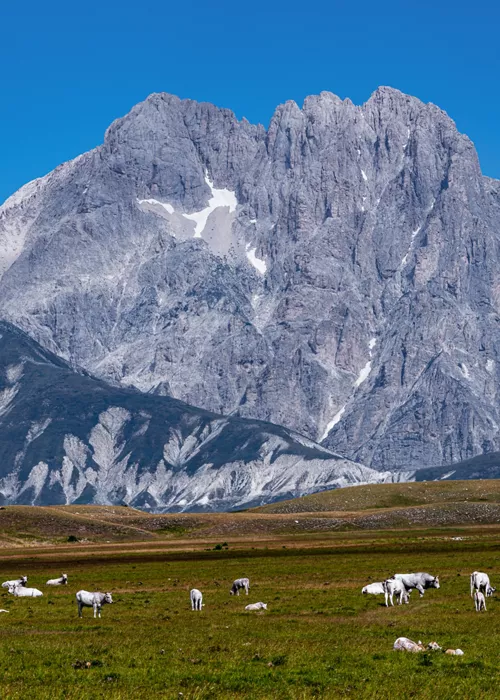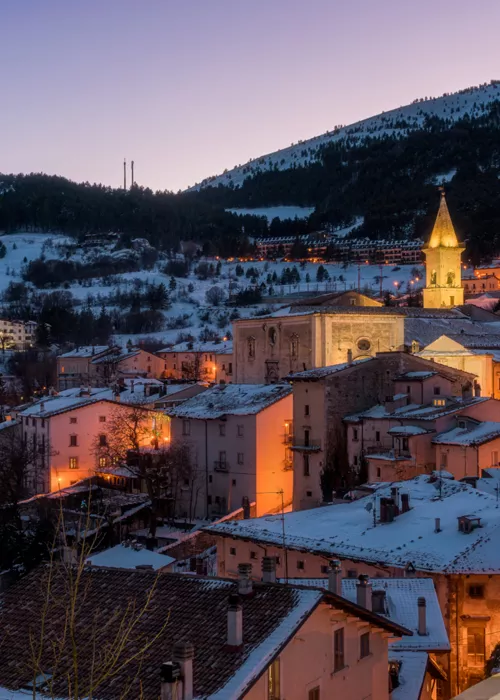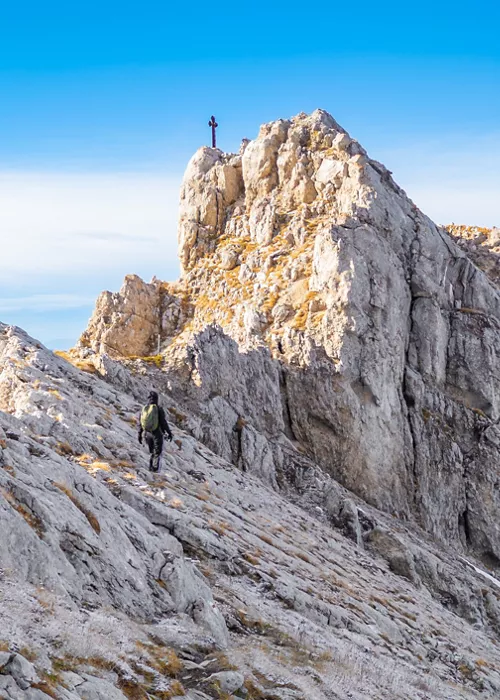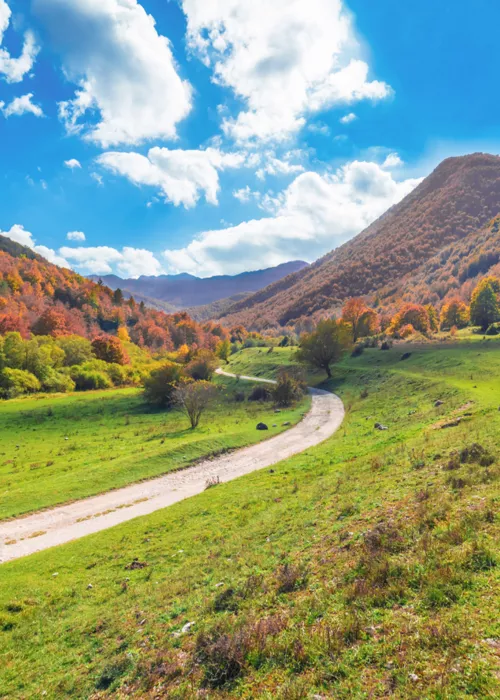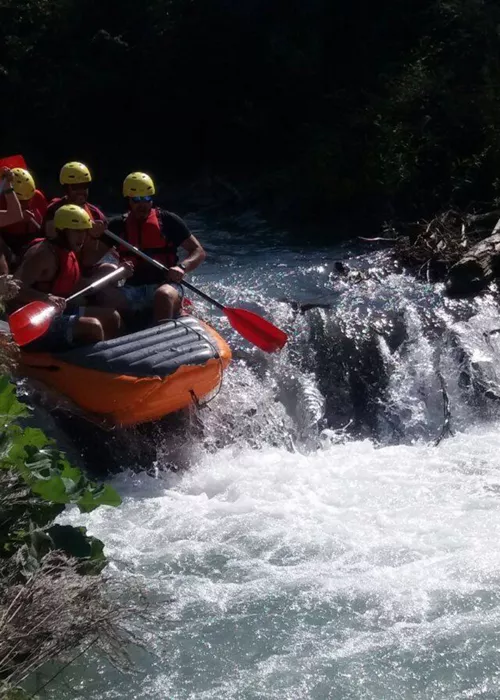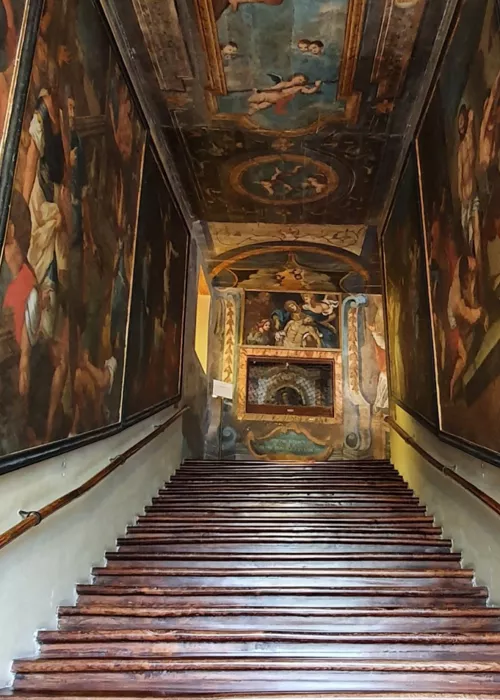A place already inhabited in the pre-Roman and Roman periods, Fossacesia owes its development to the Abbey of San Giovanni in Venere, a Benedictine centre built on the remains of an ancient pagan temple.
The ancient town, called Vicus Veneris, was gathered within a wall, and was an ancient place of transit for transhumant flocks towards the Tavoliere of Puglia.
Over the centuries, this area suffered many devastations that led to the decline of the Abbey and the town. In the first half of the 17th century, the public palaces and noble villas were rebuilt and the village expanded, reaching as far as the sea in the hamlets of Fossacesia Marina and Villa Scorciosa.
Heavily bombed by the Allied air force in 1943, during the Battle of Sangro, Fossacesia experienced a new strong development in the post-war period.
Today the village, located along the Costa dei Trabocchi, is a popular seaside destination that can combine stays of relaxation, religion and history.
The coastline, mostly characterised by white pebble beaches and small sandy beaches in the southernmost part, consists of both free beaches and equipped beaches with resorts that, for their excellent services and crystal-clear waters, have received the Blue Flag. One of the most beautiful beaches in Fossacesia is definitely the Beach of Punta Cavalluccio, a small sandy beach that is surrounded by lush vegetation and is home to the renowned Trabocco of Punta Cavalluccio.
Certainly worth a visit is the Abbey of San Giovanni in Venere. The church is a treasure chest of history and art with its monumental façade and basilica floor plan with three naves dating back to the Cistercian-Gothic extension, and the façade characterised by a marble portal from 1230, known as the moon portal, decorated with high reliefs depicting stories from the life of John the Baptist.
Under the Abbey wall, it is impossible not to stop and admire the Fountain of Venus of Roman origin.
Other artistic beauties not to be missed are the Fontana delle Cinque Cannelle in Piazza del Popolo, the Palazzo Mayer, which houses the fifteenth-century church of Sant\'Antonio Abate, an exhibition of artefacts from rural civilisation and the War Museum.
Also splendid are the Parco Dei Priori and the Church of Santa Maria delle Grotte, built in the second half of the 13th century with Gothic-Cistercian structures and decorated with frescoes in French and Tuscan-Late Giotto style.
A place, therefore, not to be missed that offers a unique experience in every season.




